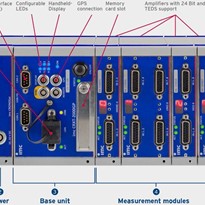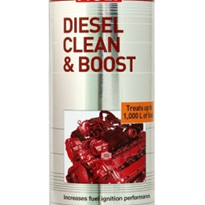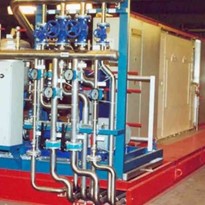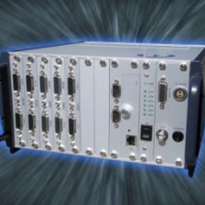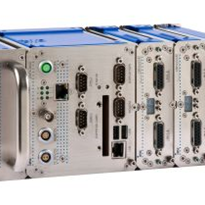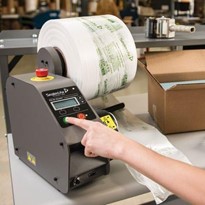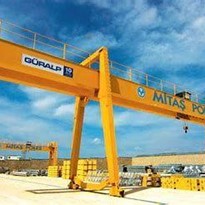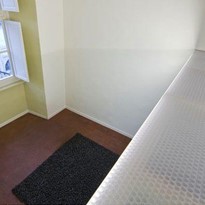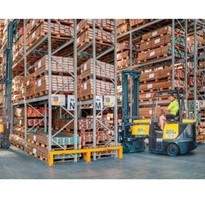A Victorian regional council is successfully using the latest positioning and machine control technology to carry out landfill cell construction and waste management more efficiently and with lower costs for ratepayers.
At the same time, it is also taking the opportunity to introduce new technology to its own workers and operators, giving them added skills and expertise they can use in their careers.
In September 2019, the Shire of Corangamite, located west of Melbourne on the southern coast of Victoria, took delivery of a Komatsu D85EXi-18 dozer fitted with intelligent Machine Control (iMC) to work on its landfill operation at Naroghid, the Corangamite Regional Landfill.
The landfill operation is on a 39 hectare site, and handles around 32,000 tonnes of waste to landfill material a year, not only for Corangamite residents, but also for the adjacent shires of Warrnambool and Colac Otway and Southern Grampians.
During the drier summer months, the dozer is being used for construction of the waste cells and leachate ponds – which must be constructed to strict Victorian Environment Protection Authority (EPA) requirements.
In addition, year-round, it is used for pushing and spreading waste material, covering it each day with 300 mm of daily cover material, then capping the waste with materials, including clay and topsoil once each cell is filled.
According to Glenn Busuttil, Corangamite’s Team Leader Waste at the Corangamite Regional Landfill, the Komatsu iMC dozer has proved to be very successful in both applications.
“When we construct new cells, we work to strict design requirements for their shape, things like 3:1 batters, batter heights, and how high the rubbish can go.”
Over the past eight years, Corangamite has brought in contractors and surveyors to carry out this cell construction work, but it’s now able to do it by transferring the designs to the iMC dozer’s onboard system, with the dozer then working in with the scrapers and excavators that are also used for the cell construction.
The iMC dozer was also used to place a capping layer – consisting of 1.5 m of clay, overlaid with around 800 mm of soil and topsoil – to top off a filled waste cell.
“Doing these jobs this time, once we had the design, we had a surveyor working with us, helping to calibrate the machine, and checking all the as-builts it was generating as we went,” said Glenn.
“It was a much faster job with this technology. What was previously a 10-week job on constructing the cell, we completed in around six weeks.” That’s a 40 percent productivity improvement.
The dozer’s iMC technology is also making the day-to-day landfill operations faster and more efficient.
“Each day, we spread out the waste we’ve received that day, then cover it with 300 mm of soil. The technology’s able to help with that, make sure that’s all a bit more accurate,” he said.
“One issue with waste is that, due to its nature, you can’t put in pegs and stringlines, so typically we’ve had to put in a windrow of clay each day to give us a rough level to work off. Having the iMC machine do this makes it all much faster and more accurate.
“In addition, during this process, the dozer can also take the levels of waste that we’re putting down, using the RLs to give us the as-builts. Each month, we give these to the surveyors, and because we know the volumes of waste we’re receiving, we can work out our compaction rates over the site, how much waste we can get into a certain area.”
The iMC dozer also offers potential safety advantages, said Glenn. At present, EPA and auditing requirements mean that a surveyor has to walk over the waste, and work around the machines doing cell construction.
Glenn said that while the primary goal has been to work more efficiently, save money and carry out this work faster. The council’s ambition has also been for its own operators and workers be able to do the job themselves, rather than have it contracted out.
“Now they are learning how to use GPS technology themselves,” he said. “All our operators are local people, and they’ve not had the opportunity to work with this technology before, we’ve never had it on our machines at the landfill previously.”
“This opportunity to train our own local people, our own council employees is really exciting. And they absolutely love it; now they feel they can operate equipment on a range of sites and to a high level in the future” he said.
Corangamite’s D85EXi-18 iMC dozer replaces another Komatsu D85 it had for 13 years, which had worked around 15,000 hours.
“We decided on another Komatsu because we’d always had good service and performance with the other one, plus we wanted the inbuilt GPS.”
“The technology is absolutely proving itself for this application. And once we bring in our own base station, which we’re planning to do, that will take us to a whole new level,” Glenn said.
“Applying this technology lets us deliver more efficient waste management for our ratepayers and adjacent councils, it is a better use of resources, and it’s saving money.”
“We don’t want to have to do things twice because it wasn’t right the first time; that’s wasting money.”
“Now our operators know how far to go with waste spreading and compaction, with the earthworks design, because they can get it right the first time, every time. That’s a big saving for us,” he said.













